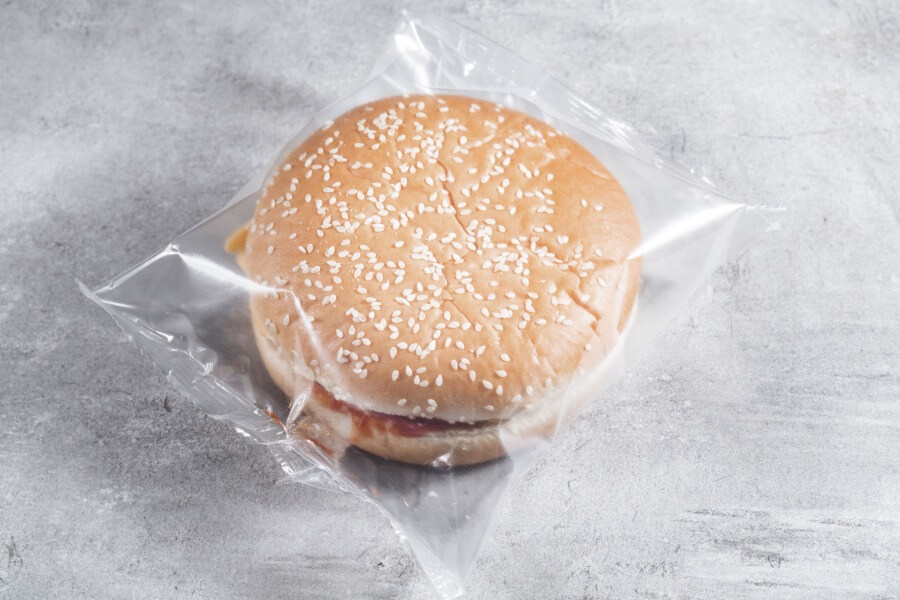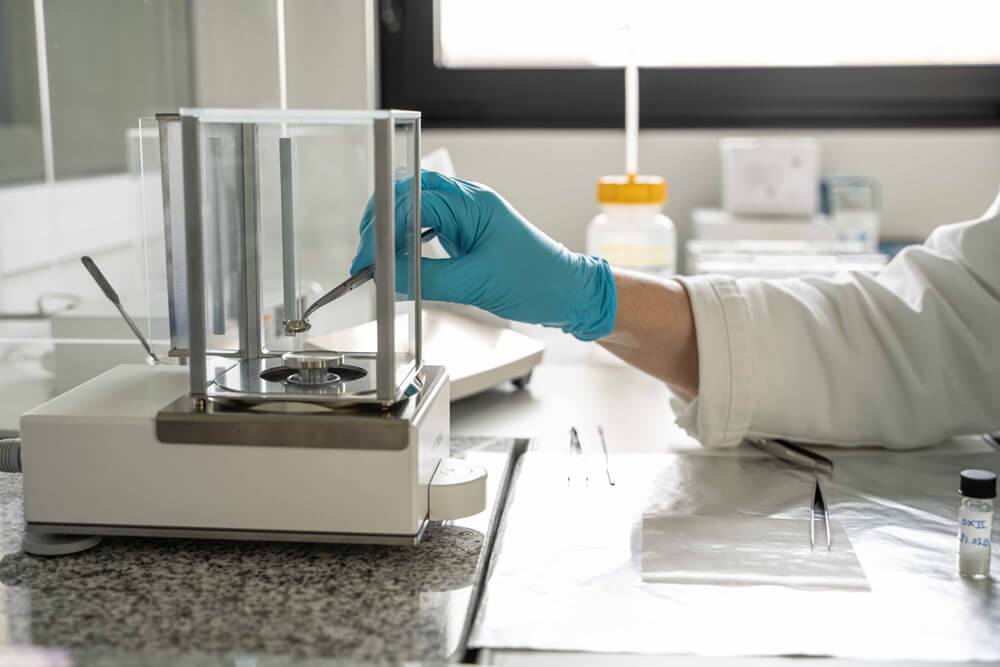
BIOPOLYMER ANALYSIS AND PACKAGING
CIRAM and its laboratories verify and attest to the biobased content of all industrial biopolymers and packaging through carbon-14 (or radiocarbon) analysis. Our teams of scientists analyze your bioplastics and those of your suppliers. It is thus possible to obtain the OK Biobased and DIN CERTCO label. Since 2005, CIRAM and its engineers have been analyzing radiocarbon and stable isotopes.
The challenges of biopolymer analysis
Packaging, plastics, bioplastics or other products, our analyses allow us to measure the content of biobased products. Our scientific teams use, among others, the ISO 16620 standard dedicated to the study of plastics by radiocarbon.
The environment is at the heart of the subjects at the industrial level. Let’s discover together CIRAM analyses to certify your packaging and your biopolymers and bioplastics.
Carbon-14 concentration at the heart of bioplastic analysis
For packaging, plastics and bioplastics, our engineers measure carbon-14 concentration by AMS to verify biobased content. Radiocarbon analysis can also be used for biopolymers, thermosetting resins or even polypropylenes…
Remember that European legislation requires that plastic bags must contain at least 50 e biobased carbon since 2020 and 60% from 2025. It is therefore important and urgent to use a reliable, objective and fast quantitative method to qualify and quantify the biobased part of bioplastics.

An analysis for your plastics, but also for your packaging
Board is directly derived from biomass, so it is by definition biobased. However, our engineers analyze the influence of ink, pigments, varnishes or special treatments, on the biobased part of the packaging. Again, it is the carbon-14 content that will give us the necessary information on the biobased content of your packaging.
We check the impact that your packaging may have on the environment. Again, it is the carbon-14 content that will give us the necessary information about your cartons.

Labels thanks to the Carbon 14 analysis of your bioplastics
With the radiocarbon analysis of your plastics, bioplastics or packaging, you can obtain several labels attesting to their biobased content and their impact on the environment or promising biodegradable products.
With our laboratory analyses, you can obtain, for example:
- The Ok Biobased label: it indicates that your plastics or packaging contain a percentage of biobased materials. You get stars according to the concentration of biobased products: one star between 20 and 40 e biobased materials, 2 stars if your plastics contain between 40 and 60%, 3 stars between 60 and 80 t 4 stars if your plastics or packaging contain more than 80 e biobased;
- The DIN Geprüft label: DIN CERCO is an independent organization of worldwide renown which certifies a percentage of natural materials in your plastics, bioplastics or packaging. There are three levels of labeling: biobased from 20 to 50%, biobased from 50 to 85 t more than 85 e biobased.
With these labels, you certify the quality of your plastics and packaging, but you also attest to your concern for the environment and climate problems.
Current standards for the analysis of bioplastics
In order to guarantee the reliability of our analyses, we have several standards in force concerning the radiocarbon analysis of bioplastics and plastics. Thanks to our experience and know-how, bioplastic analyses comply with:
- The ASTM D6866-22: it is a general American standard for the analysis of biobased content by the radiocarbon method;
- ISO 16620-2:2019: it is a European standard dedicated to the study of the biobased part of plastics by the carbon 14 technique.
CIRAM, specialist in biobased product analysis
CIRAM Laboratories analyze and attest all of your biobased products to obtain ecolabels. For more information about plastics, bioplastics and packaging analysis, contact CIRAM laboratories.
Discover CIRAM’s other areas of expertise:
